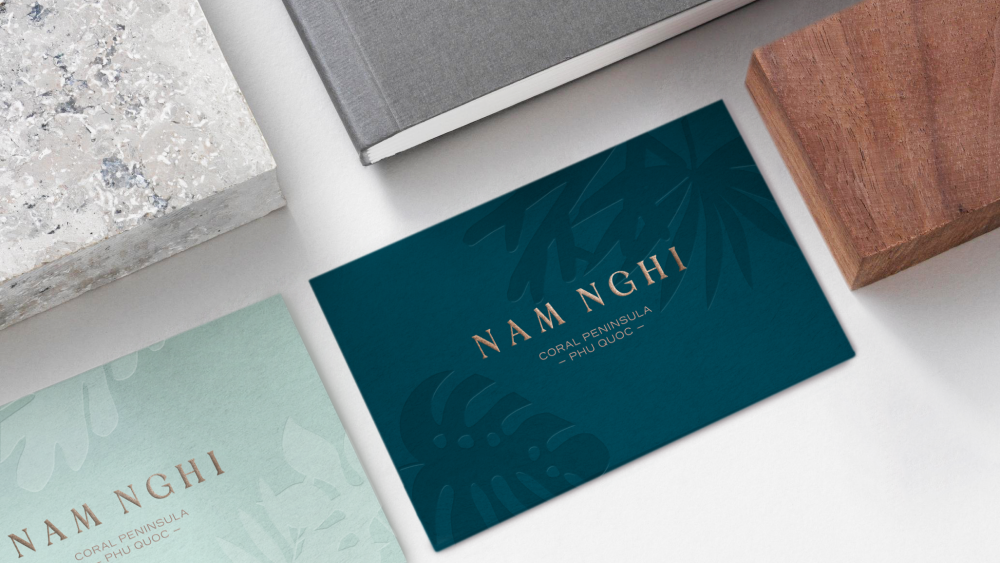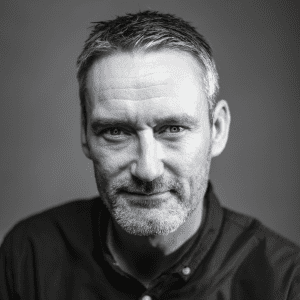When it comes to spotting marketing trends, it’s easy to get distracted by the buzziest tech developments. But in our field of work, guiding the world’s leading brands to avenues of uncommon growth, there’s a higher likelihood that the most important trends aren’t brand new.
“In our field of work, guiding the world’s leading brands to avenues of uncommon growth, there’s a higher likelihood that the most important trends aren’t brand new.”
They’re ideas that sound familiar – the importance of customer experience, for example, or brand purpose – that are undergoing new and powerful changes.
And yes, staying on top of the latest technologies and trends like TikTok and VSCO girls certainly matters. But not as much as paying attention to these five developing – and seismic – shifts. Let’s take a closer look:
1. Digital experience makes way for humans.
For years now, the emerging importance of customer experience has driven big investments in digital technology. AI now powers everything from chatbots to voice activations to CRM machines. But to be truly regenerative – creating experiences that aren’t just satisfying, but also drive revenue – we’re seeing a movement to experiences that are deliberately human.
We’re not saying that the tech-stack trends of the last two decades are going away. And certainly, some of the least human brands continue to dominate our Brand Relevance Index® (BRI) – good luck ever connecting with a live person at Netflix or Amazon. (Sorry, Alexa, you don’t count.)
But in an era when intuitive and personalized digital experiences are expected, the pendulum is swinging back. Some of the fastest-growing brands rely on genuine warmth. When customers return a purchase to companies like Bombas, UNTUCKit and Casper, ultra-enthusiastic specialists artfully turn what might be a negative conversation into a rewarding experience. Zappos continues to set the gold standard here, training associates for four full weeks before letting them take a call. And B2B companies are making these changes, too.
It comes as no surprise that some of these brands are also the most digitally disruptive. Stitch Fix, an online personal stylist subscription service, may excel because its wardrobe selection choices are driven by some of the best AI out there. But it continues to grow because of the personal relationship customers develop with their stylists, fix after fix. This year, we’ll see brands think less about creating efficient experiences and more about injecting them with warmth.
2. Consumers have learned the difference between privacy and security–and are ready to hold brands accountable.
While concerns about security breaches and data privacy have been around for ages, mainstream consumers have mostly had their heads in the sand. But between Facebook’s ongoing fall from grace and legislative efforts to put data in the hands of consumers, outrage is entering the mainstream. It’s so top of mind that it’s the focus of Apple’s latest marketing efforts. “These are private things, personal things,” the ads say. “And they should belong to you, simple as that.” As people increasingly view tech companies as villains, we expect more companies to go on the offensive, convincing consumers that they are one of the good guys.
In this year’s BRI research, we talked to people about this issue specifically for the first time. On the measure of “I trust this brand to act responsibly with my data,” financial brands scored far better than tech companies. Fidelity, Turbo Tax, USAA, Vanguard and Visa led the list. Except for Apple and Android, which ranked in the top 20 by this measure, tech–including Amazon–scored poorly. And (no shocker here) Facebook came in dead last, followed by Twitter.
3. Think you’ve got brand purpose? Better ask Gen Z.
A funny thing has happened in the last five years, as companies rushed into purpose-based marketing. Gen Z (kids born between 1997 and 2012) are coming of age. And this problem-solving group is more fiercely committed to changing the world than their millennial older brothers and sisters.
New research shows that 90% are fed up with the negativity in the U.S., and are taking that millennial “OK, Boomer” thinking to the next level. They expect companies to help, if not take the lead. Some 83% consider a company’s purpose before deciding to work there, and 72% before making a purchase. Among their top concerns? Protecting the environment, racial and gender equality, LGBTQ rights and gun safety. Their heroes are peers like environmentalist Greta Thunberg and gun-safety advocate Emma Gonzales.
They favor brands that take bold stands on these issues, like Levi Strauss & Co. and Dick’s Sporting Goods for controversial positions on gun control, American Eagle’s Aerie for unretouched, inclusive marketing and Marvel for its diverse superheroes. Companies that continue to play it safe with purpose risk losing this vital audience.
4. Power for your people.
Making sure employees are engaged and supported at work is important to the success of any enterprise. Employees who trust their employer are far more likely to act in ways that help the company grow and prosper. But the world is watching, and 78% of people say that the single best measure of a company is how it treats its employees.
Employees demand more, too. In new research on trust, 67% expect prospective employers will join them in taking action on societal issues. And 71% of employees believe it is critically important for their CEO to respond to challenging times. Prophet’s recent research on how companies are powering transformation from the inside out confirms this.
More than a third of the companies surveyed are actively developing ways to retrain and reskill their workforce, and 33% already have a roadmap for making sure their corporate culture and growth plans focus on people. This all means more than firing high-level execs who misbehave. It requires managing organizational culture to drive digital transformation. And it calls for more planning, more flexibility and more empowerment for employees.
5. Hello, joy. We missed you.
As we head into an election year that promises to be even more toxic than 2016, people need relief. Scientists say 40% of America is already demonstrably stressed-out by current events, and 73% are worried about fake news being used as a weapon.
Smart brands will respond by offering moments of lightness, laughter and escape. Joy already powers some companies. Among those that soar on our “Makes me happy” measure in the BRI are Disney, Spotify and Hershey’s, with Pixar in first place. (Trust us: Frozen 2, Soul and Onward will be among the year’s most beloved movies.)
The ability to inspire people to be their best, happiest selves is more valuable in cynical times. The most inspiring brands in our Index – including LEGO, Pinterest, Etsy, Fitbit and TED – succeed by leveraging their inspiration to create communities. These people become the brand, uplifting one another in ways that are fun, authentic and rewarding. We predict many companies will borrow some of their tactics, striving to connect people in ways that make them feel better in challenging times.
We expect this urge to spread joy and connection to show up not just in messages, but in ambitious digital and IRL experiences. Think of it as a modern approach to what Coke tried to do, back in 1971, another deeply troubled period in the U.S. In their own way, we think many brands will try and remind us that joy is the real thing. And we’ll drink to that.
Want to up to date on 2020 trends? Read through our Brand Relevance Index® (BRI) for a better look at how 2019 stacked up or get in touch today.



















